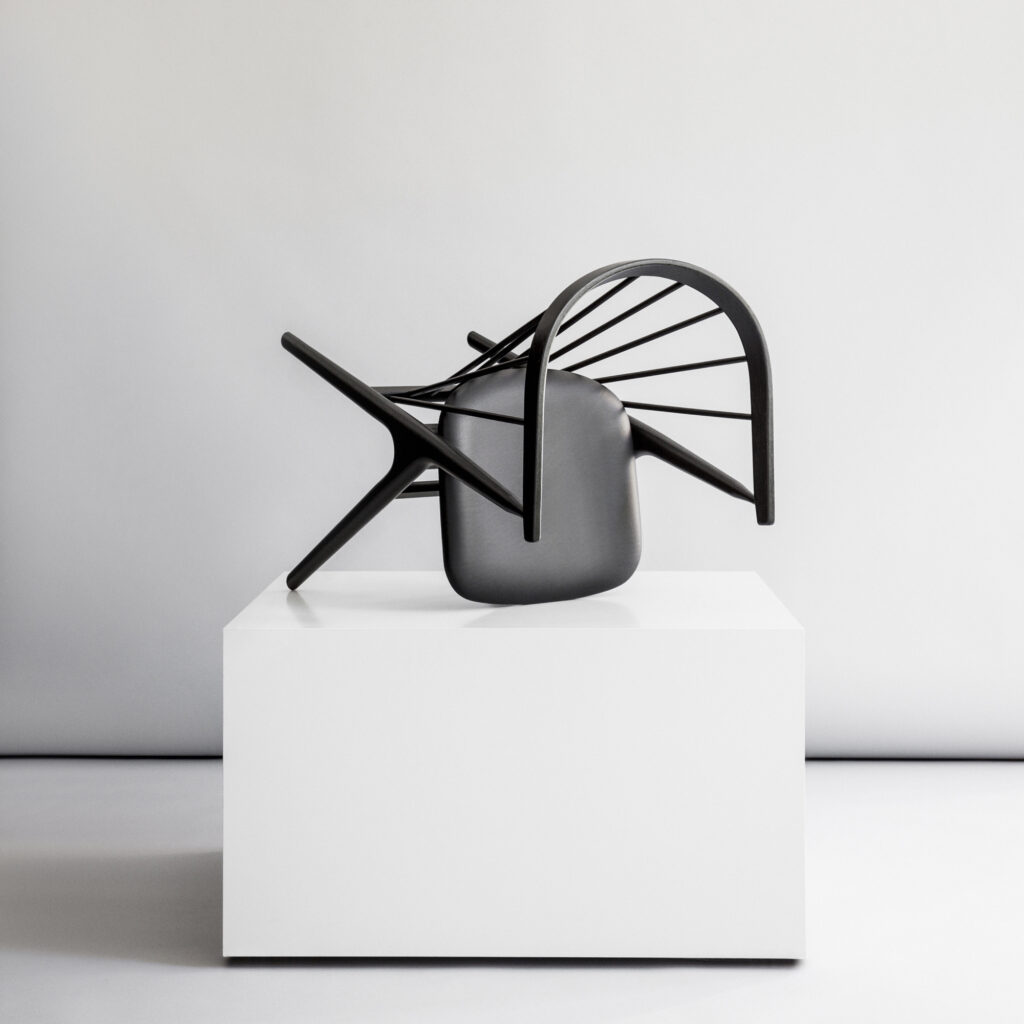

HELGE SIBAST (1908-1985)
He created a number of iconic chairs, whose sculptural qualities and high standard of craftsmanship mean they are still in demand all over the world today as they continue to reap international awards and recognition. His respect for Denmark’s tradition of craftsmanship and his international perspective was notably instrumental in making Helge Sibast an outstanding ambassador for Danish furniture design during his career. Thus, this Danish furniture designer assisted in solidifying the concept of Danish Modern in US, European and Asian markets.
He created a number of iconic chairs, whose sculptural qualities and high standard of craftsmanship mean they are still in demand all over the world today as they continue to reap international awards and recognition. His respect for Denmark’s tradition of craftsmanship and his international perspective was notably instrumental in making Helge Sibast an outstanding ambassador for Danish furniture design during his career. Thus, this Danish furniture designer assisted in solidifying the concept of Danish Modern in US, European and Asian markets.

Helge Sibast’s veneration for wood, design and craftsmanship was stimulated at an early age. He literally grew up in his father’s cabinetmaking workshop, where the fragrance of wood and shavings nurtured his interest in the trade. As the son of a skilled cabinetmaker, it was naturally on the cards that young Helge would serve as an apprentice for his father, P. Olsen Sibast, who had founded Sibast Møbler in 1908 in the Danish village of Stenstrup. Here, Helge not only learned the joinery trade from scratch, but also developed his distinctive creative abilities as a designer.
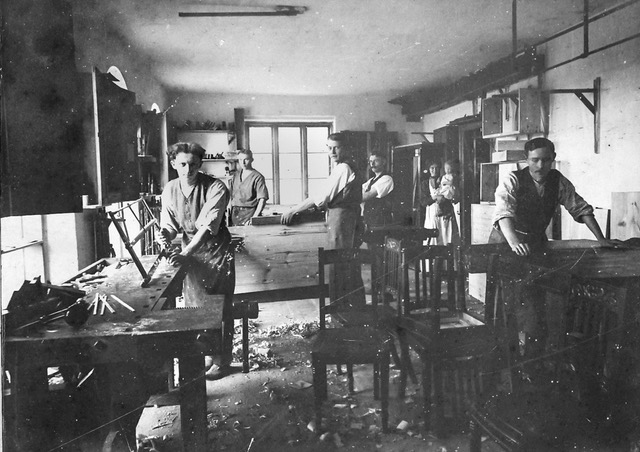

Helge Sibast’s veneration for wood, design and craftsmanship was stimulated at an early age. He literally grew up in his father’s cabinetmaking workshop, where the fragrance of wood and shavings nurtured his interest in the trade. As the son of a skilled cabinetmaker, it was naturally on the cards that young Helge would serve as an apprentice for his father, P. Olsen Sibast, who had founded Sibast Møbler in 1908 in the Danish village of Stenstrup. Here, Helge not only learned the joinery trade from scratch, but also developed his distinctive creative abilities as a designer.

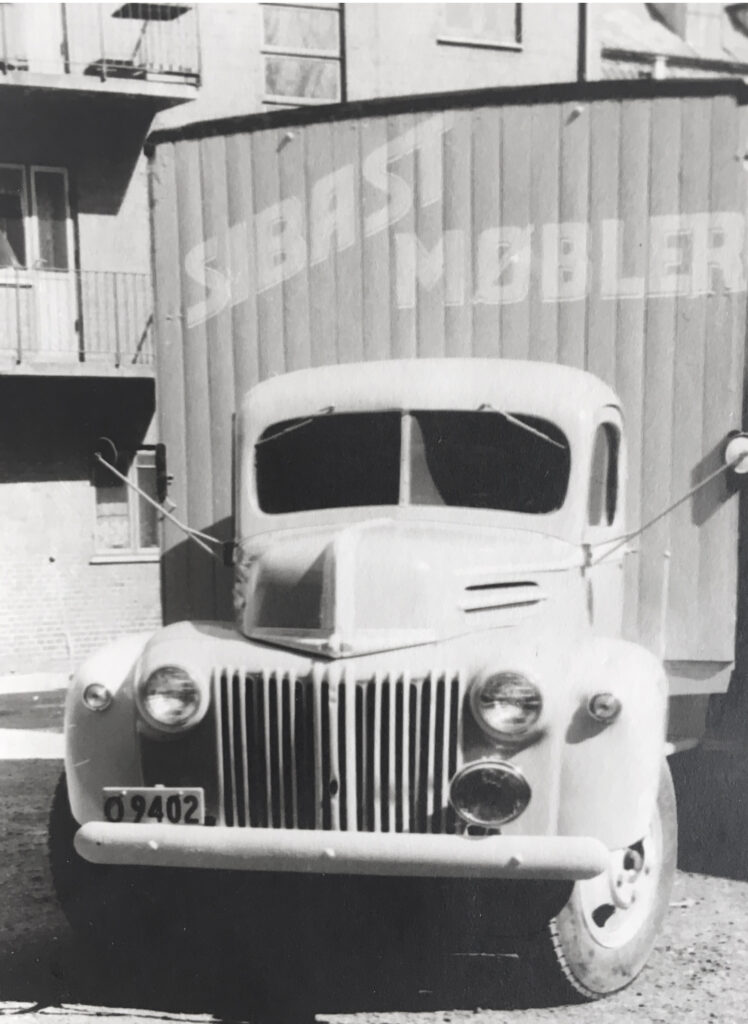
Sibast Møbler, which later changed its name to the more international sounding Sibast Furniture, supplied quality furniture early on to export markets, and the enterprise’s growth was symbolised by an ascending curve for years. In other words, it was a well-established business that Helge and his two siblings took over when their father passed away in 1943. It soon became evident that Helge Sibast would embody the new Sibast Furniture. Due to his creativity and adept flair for developing extraordinary, innovative, design-led furniture, Helge was put in charge of design, product development and production.
Helge Sibast was a visionary furniture designer who, from the outset, took Sibast Furniture to a whole new level. The skilled designer demonstrated his unique insight into the inherent po- tential of wood early on, and he challenged the material to the utmost with his initial furniture designs.
Sibast Møbler, which later changed its name to the more international sounding Sibast Furniture, supplied quality furniture early on to export markets, and the enterprise’s growth was symbolised by an ascending curve for years. In other words, it was a well-established business that Helge and his two siblings took over when their father passed away in 1943. It soon became evident that Helge Sibast would embody the new Sibast Furniture. Due to his creativity and adept flair for developing extraordinary, innovative, design-led furniture, Helge was put in charge of design, product development and production.
Helge Sibast was a visionary furniture designer who, from the outset, took Sibast Furniture to a whole new level. The skilled designer demonstrated his unique insight into the inherent po- tential of wood early on, and he challenged the material to the utmost with his initial furniture designs.

Over the years, Helge Sibast collaborated with a number of Danish Design’s cleverest designers. For more than twenty years, he engaged in design dialogue with architect Arne Vodder, who in the early years designed much of the line furniture that was exported to the US. Later on, he collaborated with designers like Grete Jalk and Kurt Østervig to design the collection for a while.
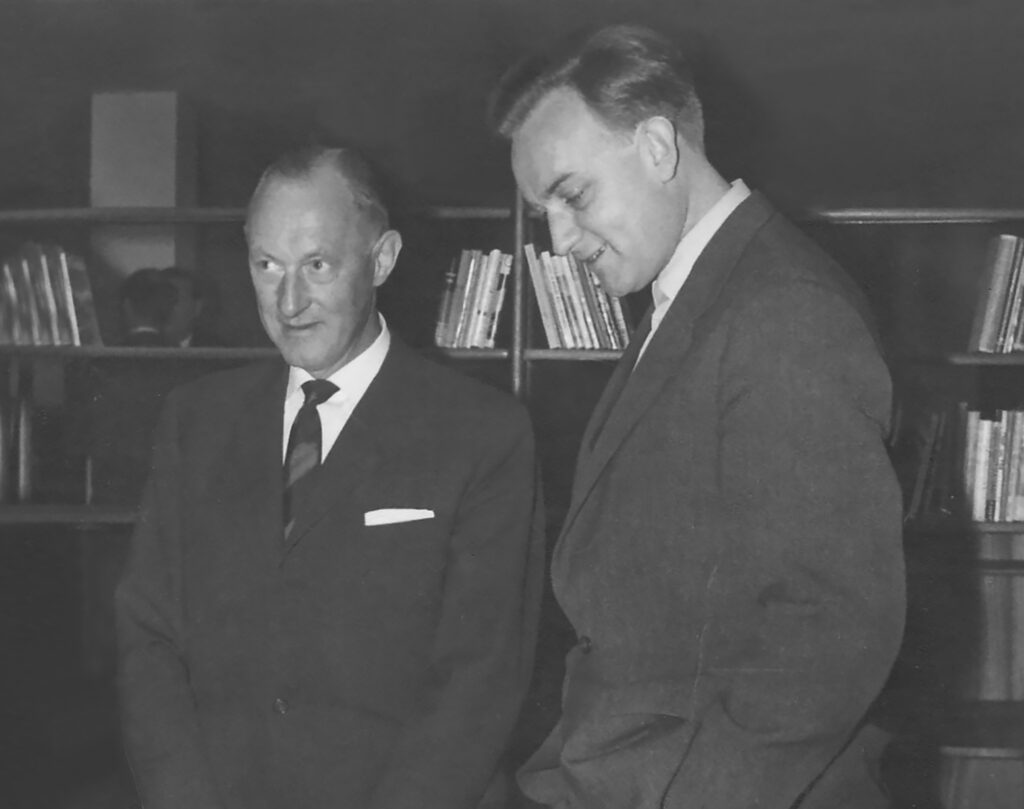
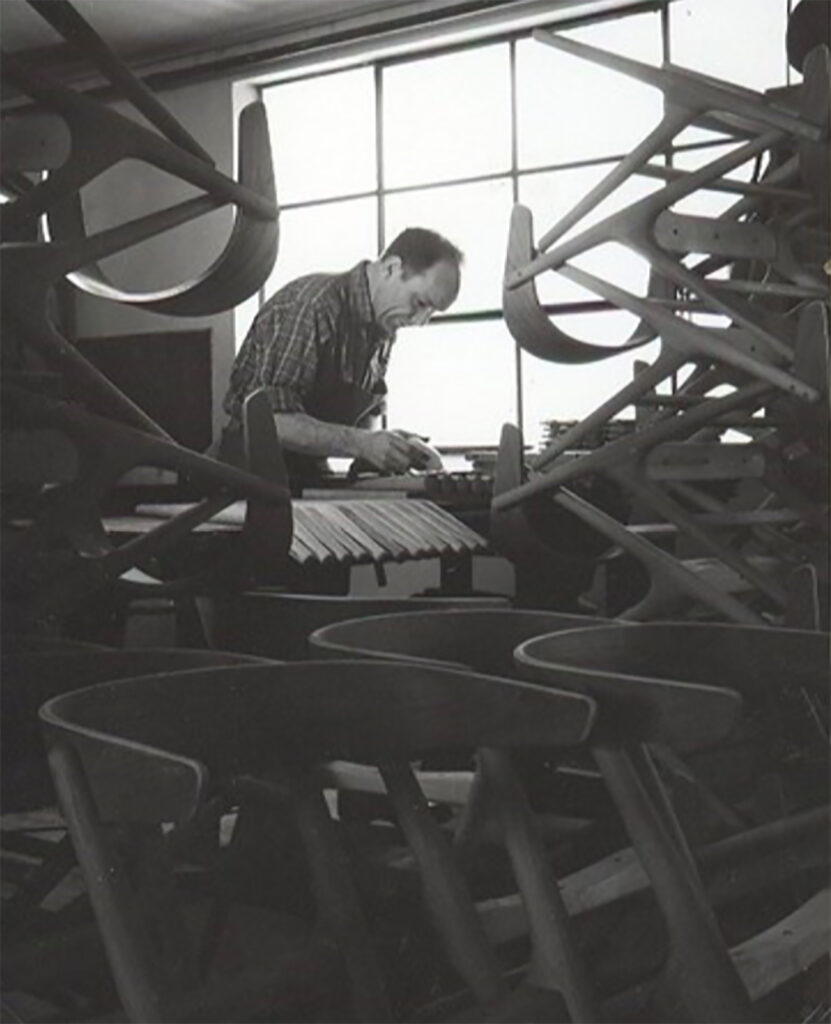
Over the years, Helge Sibast collaborated with a number of Danish Design’s cleverest designers. For more than twenty years, he engaged in design dialogue with architect Arne Vodder, who in the early years designed much of the line furniture that was exported to the US. Later on, he collaborated with designers like Grete Jalk and Kurt Østervig to design the collection for a while.


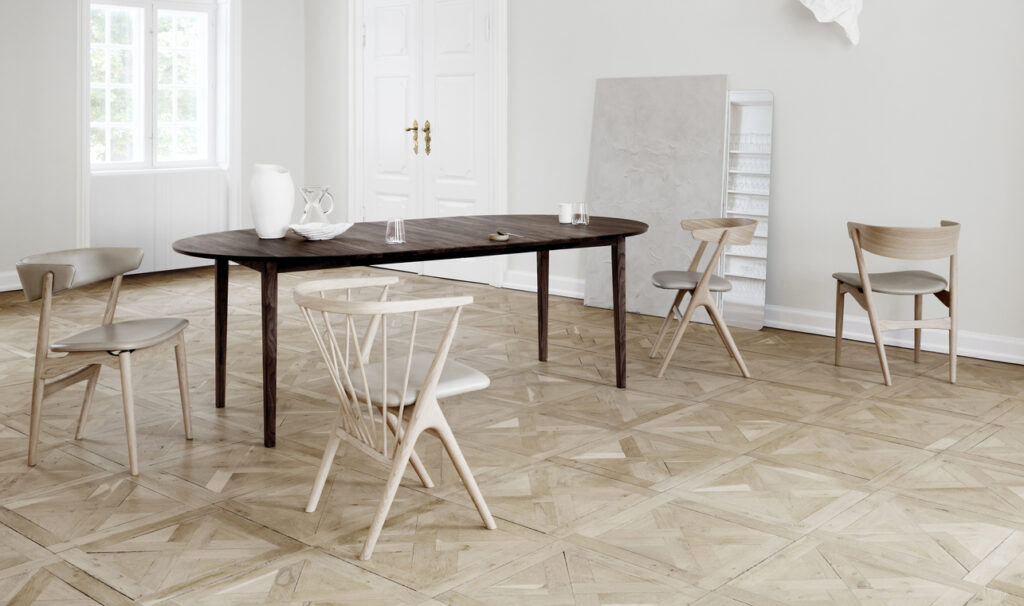
It was Helge Sibast’s own designs that were the best-sellers on the domestic Danish market, however. His furniture combined a vast profusion of details, design-led innovation and high artisanal quality – all without losing sight of a certain element of industrialisation. Helge Sibast wanted to create affordable quality furniture, which required a keen eye for reusing some of the same design elements in new contexts.
His knack for linking aesthetics, function and quality with an affinity for design were expressed in Helge Sibast’s sculptural dining chairs, Sibast No 7, 8 and 9 from 1953. The chairs are characterised by a unique, well-conceived style, and are still distinguished by their complexity and fine craftsmanship.
It was Helge Sibast’s own designs that were the best-sellers on the domestic Danish market, however. His furniture combined a vast profusion of details, design-led innovation and high artisanal quality – all without losing sight of a certain element of industrialisation. Helge Sibast wanted to create affordable quality furniture, which required a keen eye for reusing some of the same design elements in new contexts.
His knack for linking aesthetics, function and quality with an affinity for design were expressed in Helge Sibast’s sculptural dining chairs, Sibast No 7, 8 and 9 from 1953. The chairs are characterised by a unique, well-conceived style, and are still distinguished by their complexity and fine craftsmanship.
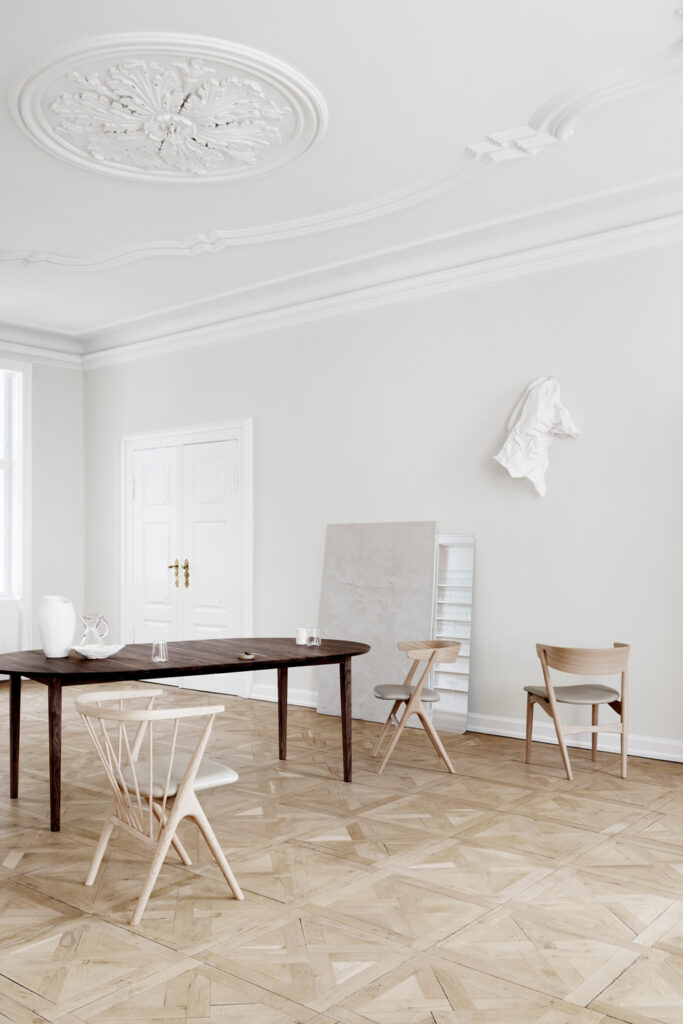
Helge Sibast was uncompromising – both at the drawing board and in the workshop. A closer look at his legendary chairs shows the fine mortised joints, the hovering seats, the compression-moulded top rails and other artisanal subtleties, which in- fused the furniture with identity, comfort and strength.
Helge Sibast pursued his design philosophy for years, resulting in large-scale deliveries to private customers in Denmark and abroad but also to furnishing projects at international hotels, restaurants and corporate headquarters.
Helge Sibast was uncompromising – both at the drawing board and in the workshop. A closer look at his legendary chairs shows the fine mortised joints, the hovering seats, the compression-moulded top rails and other artisanal subtleties, which in- fused the furniture with identity, comfort and strength.
Helge Sibast pursued his design philosophy for years, resulting in large-scale deliveries to private customers in Denmark and abroad but also to furnishing projects at international hotels, restaurants and corporate headquarters.
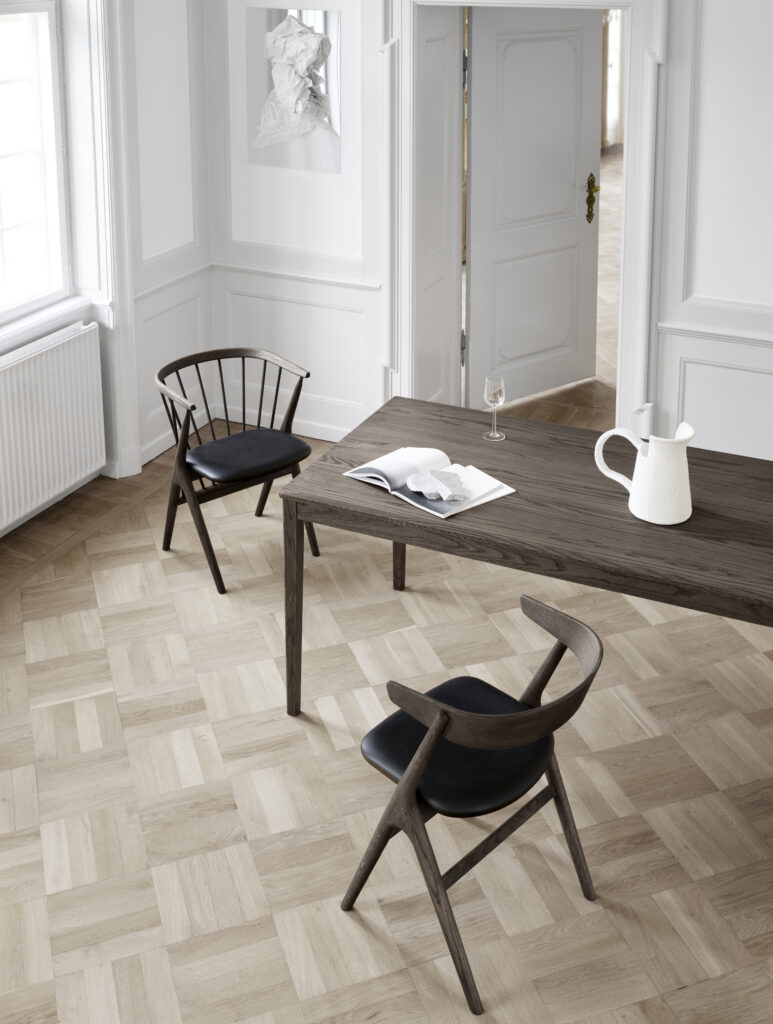
Helge Sibast’s passing in 1985 marked the end of an era. The undertaking slipped out of the family’s hands the following year, but Sibast Furniture was re-established in 2013, when Helge’s grandson Ditlev Sibast and his wife Anna Sibast decided to bre- athe new life into the business venture.
Helge Sibast’s passing in 1985 marked the end of an era. The undertaking slipped out of the family’s hands the following year, but Sibast Furniture was re-established in 2013, when Helge’s grandson Ditlev Sibast and his wife Anna Sibast decided to breathe new life into the business venture.
